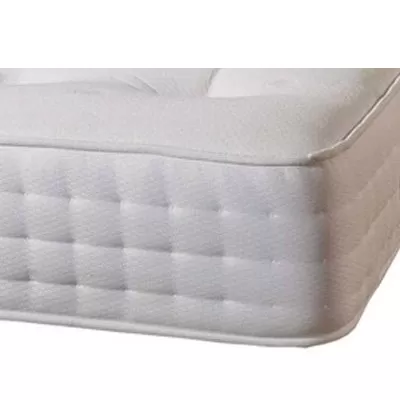Selecting the Perfect Mattress to Alleviate Lower Back Pain
Improper sleeping posture induced by an unsuitable mattress is often responsible for causing or exacerbating lower back pain. The lack of support offered by a mattress not only strains the muscles but also hampers the maintenance of the spine’s natural alignment. Consequently, these factors collectively contribute to low back pain. A mattress that offers both back support and comfort can help mitigate lower back pain by allowing the structures in the spine to fully relax and rejuvenate during sleep.
- With a vast array of mattress types available in the market, choosing the right one can be an onerous task. The following practical guidelines will assist people with low back pain in selecting the best mattress to ensure optimal support and comfort:
- The ideal mattress should align with your personal preference. A single mattress style or type that suits everyone with low back pain does not exist. Any mattress that helps an individual sleep without any stiffness or pain is the best one for them. Patients with low back pain should select a mattress that satisfies their comfort and support criteria, allowing them to get a restful night’s sleep.
- Understand and evaluate the physical components of the mattress. The coils or inner springs of a mattress determine its level of support. Different mattresses vary in the number and configuration of coils. Mattress padding comes in diverse thicknesses. Mattress depths range from 7 to 18 inches deep. Decisions regarding the number of coils, the type of padding, and the mattress depth must be made according to individual preferences. Choose a mattress that supports the back. The right mattress should provide support for the spine’s natural curves and alignment. Sufficient back support also helps patients avoid morning muscle soreness. Although there is limited clinical data about mattresses, a study suggests that medium-firm mattresses usually provide more relief for back pain than firm mattresses.
- Strike a balance between back support and comfort. Comfort while sleeping on the mattress is equally critical as sufficient back support. A mattress that is too firm may cause discomfort and pain on pressure points. A medium-firm mattress may be more comfortable since it allows the shoulders and hips to sink in slightly. Patients who desire a firmer mattress for back support can opt for one with thicker padding to provide greater comfort.
- Recognise when it’s time to replace the mattress. If an old mattress sags in the middle or is no longer comfortable, it is likely time to buy a new one. Placing boards beneath a sagging mattress to prevent sagging is a short-term solution; purchasing a new mattress remains the ultimate solution.



